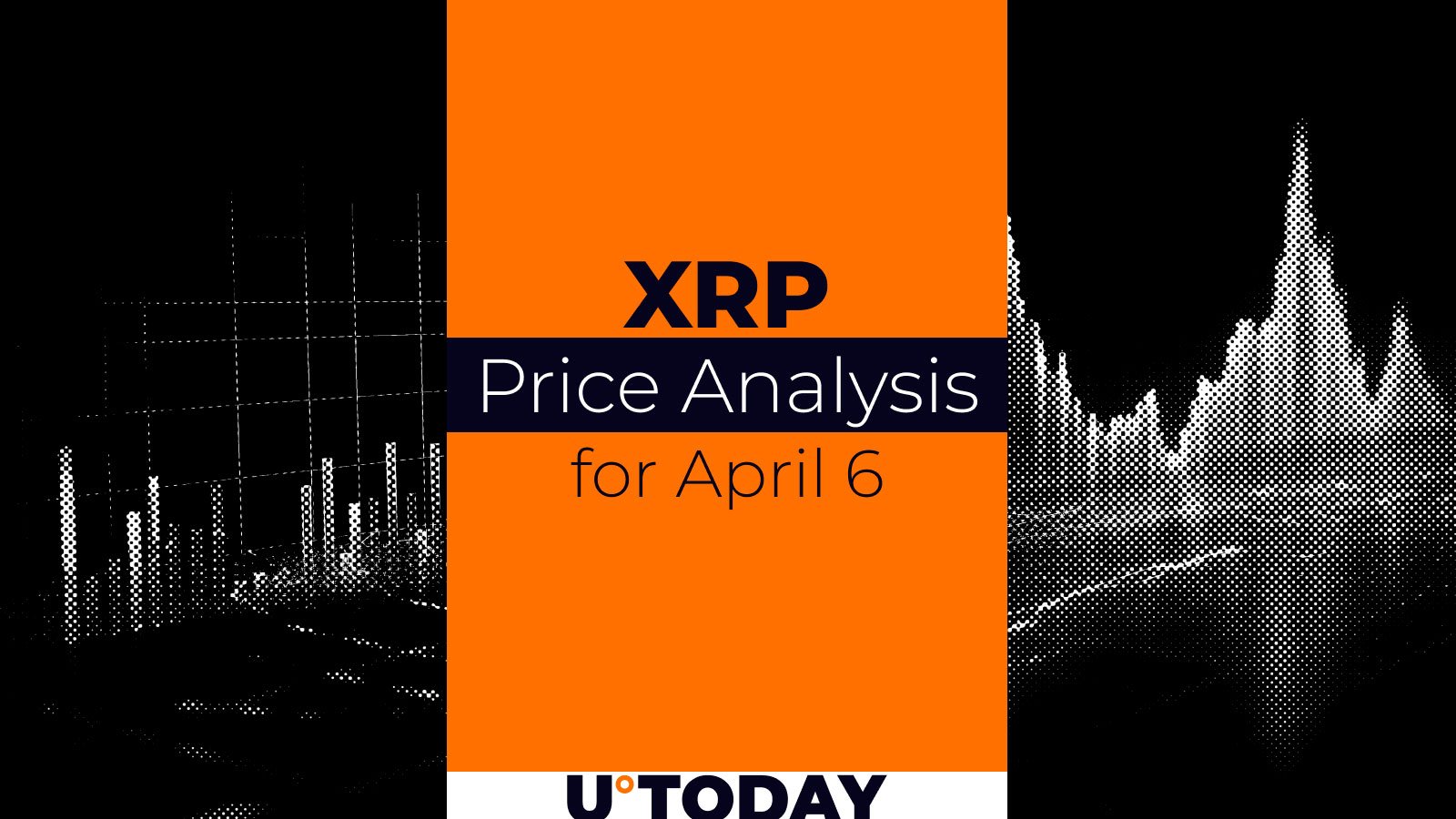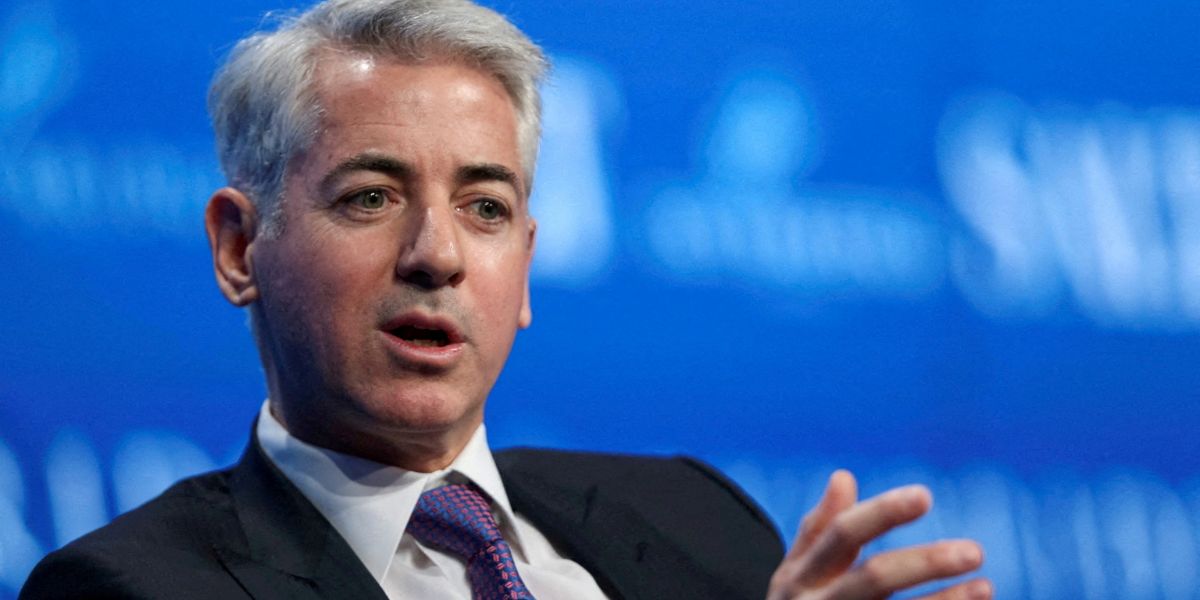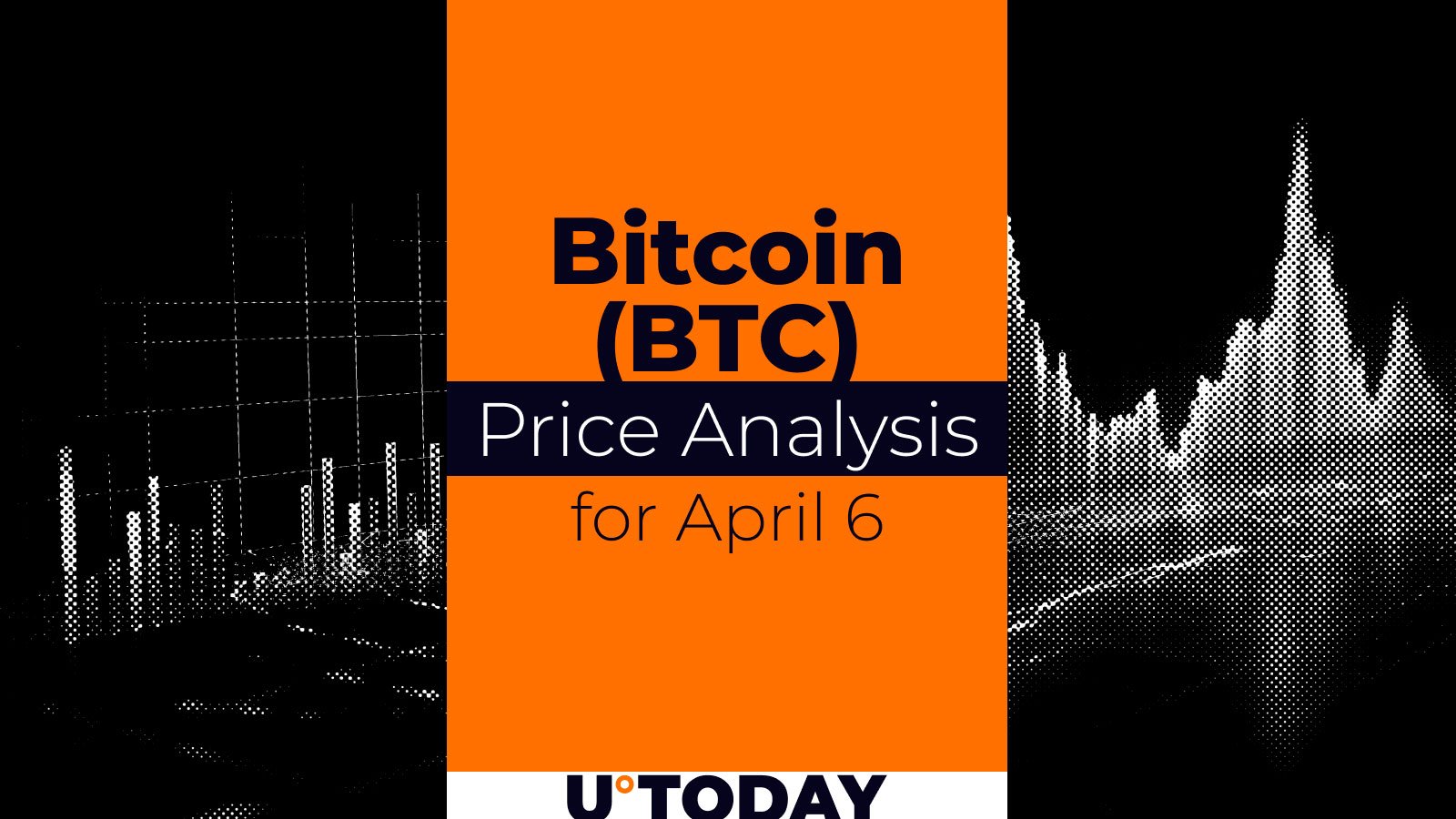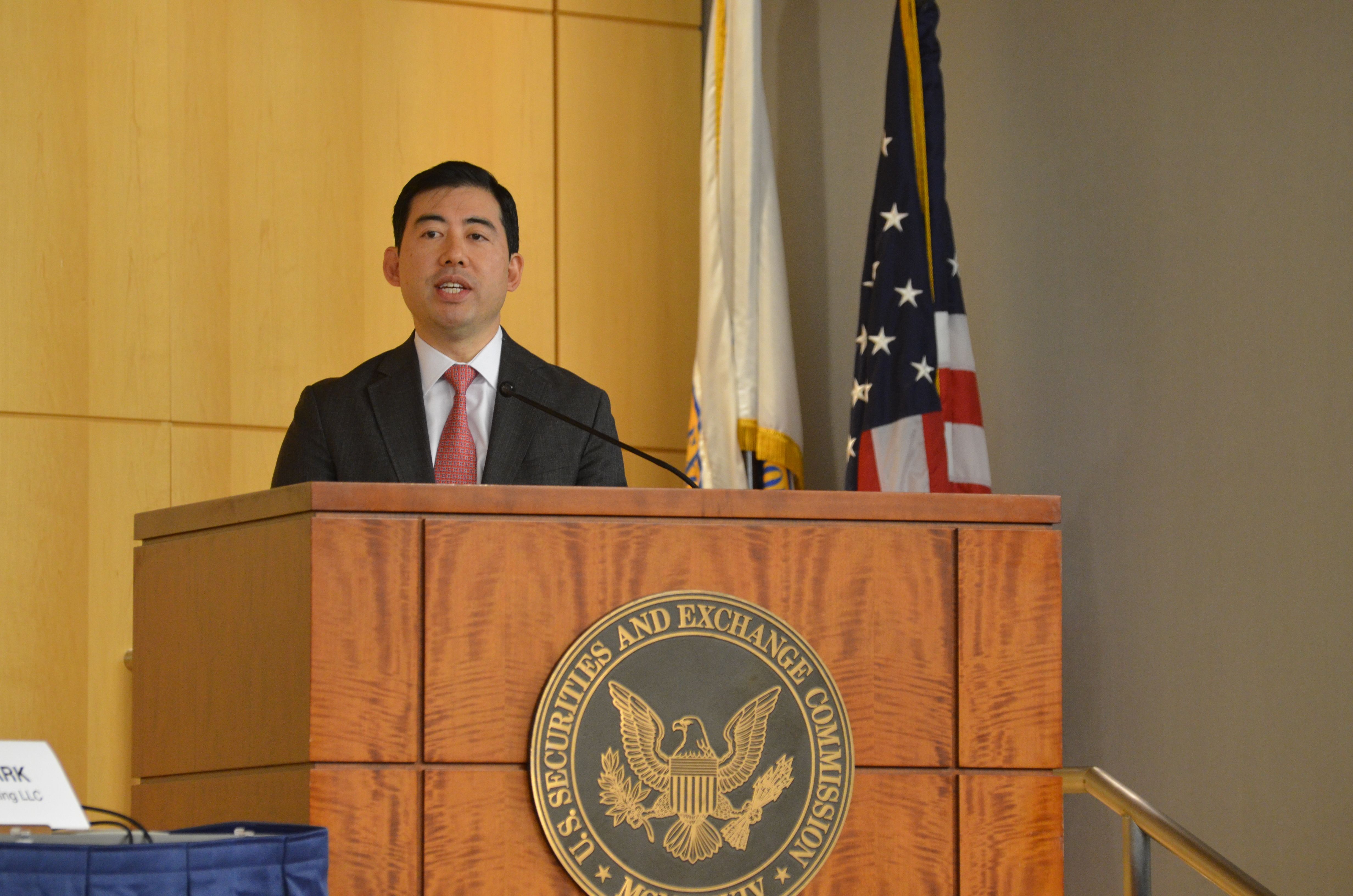
Staff at the U.S. Securities and Exchange Commission (SEC) are reviewing past crypto-related guidance to determine whether it still reflects the agency’s current priorities, according to a statement from acting chairman Mark Uyeda , posted on social media platform X. Among several key documents, the SEC staff`s statement on funds registered under the Investment Company Act Investing in the bitcoin futures market is under review, according to the X post . Other documents include digital assets "investment contracts," and custody frameworks. The reviews could result in more clarification for regulatory frameworks around the digital assets sector. The request from Uyeda is related to Executive Order 14192, Unleashing Prosperity Through Deregulation and comes after a recommendation from Elon Musk`s D.O.G.E. It is worth noting that the statement is coming from SEC staff and not from Commissioner Hester Peirce, making it less binding. However, it still shows the SEC`s willingness to ease pressure on the digital assets sector since the agency was taken over by President Donald Trump-appointed leadership. The move is part of interim Chairman Mark Uyeda`s efforts to overhaul the regulator`s crypto position. That includes throwing out most of the prominent enforcement cases the agency had pursued against digital asset businesses. Read more: U.S. SEC Staff Clarifies That Some Crypto Stablecoins Aren`t Securities
CoinDesk
You can visit the page to read the article.
Source: CoinDesk
Disclaimer: The opinion expressed here is not investment advice – it is provided for informational purposes only. It does not necessarily reflect the opinion of BitMaden. Every investment and all trading involves risk, so you should always perform your own research prior to making decisions. We do not recommend investing money you cannot afford to lose.
ETCG Remains A Crypto `Value Trap`

Summary 2024 was optimistic for cryptocurrencies, but 2025 is crucial for projects to prove real innovation and capture capital and attention. Ethereum Classic continues to struggle with declining network activity, including daily active addresses, transactions, and transacted value. ETC`s fixed supply and low transaction fees pose long-term mining incentive problems, making its future prospects discouraging. Grayscale Ethereum Classic Trust trades at a deep discount, but shareholders have no mechanism for redeeming ETC held by the fund. In many ways, 2024 was a year of optimism for cryptocurrencies. By the second half of the year, it became clear that regime change in the United States was looking more likely and digital assets figured to be beneficiaries of a fresh approach to regulations in Washington, DC. But if 2024 was about `hopes and feels,` I suspect 2025 will be closer to a `put up or shut up` year. Which is to say, projects, platforms, and tokenized financial products that offer the world legitimate innovation likely need to start taking a share of capital and attention from the ones that don`t. Smart contract blockchains can theoretically help bring about that innovation and one such chain that I`ve covered in the past is Ethereum Classic ( ETC-USD ) . From a philosophical standpoint, readers will get no argument from me that the `code is law` ethos of ETC is consistent with the ideals held by cypherpunks back in the 1990s. The problem that I`ve had with ETC for some time is that it is largely a ghost-town of a blockchain network, and I`ve expressed this through my coverage of the Grayscale Ethereum Classic Trust ( ETCG ) and a handful of times. In this article, we`ll look at updated network metrics for Ethereum Classic as well as why I still don`t think ETCG is worth a long-term investment even at a significant discount to Net Asset Value. Ethereum Classic Network Activity Continues to Fall When looking at networks like Ethereum Classic, I primarily focus on these key metrics; users (daily active addresses), transactions, transacted value, and fees paid to the network`s validators. Together, these give us a bird`s-eye view of how well a network is growing in usage and whether stakers/miners have a strong incentive to participate. Ethereum Classic`s story here has typically been poor and that remains the case today. 30 Day Average DAAs ( Coin Metrics ) Ethereum Classic`s daily active users have fallen by 12% year to date and 35% over the last year. Perhaps more concerning, the starting point for this chain in our twelve-month measurement was just 17.5k DAAs. This is not indicative of a large user base and at just 11.3k DAAs on average at the end of March, ETC usage is at the lowest level it has been in four full years. 30 Day Average Tx ( Coin Metrics ) It`s generally the same story for transactions where at 25k per day, usage is down 32% over the last year and is again near levels not seen since 2021. 30 Day Average Transferred Value ( Coin Metrics ) Dollar-denominated transferred value of $11.2 million per day at the end of March was down 80% from the same time in 2024. You can see in the chart above that this metric has times of big spikes higher and then typically reverses back down to the $10 million range and lower. I could show you the chart for fees but the daily take for miners from fees is generally three figures or less for the entire network. This is not a blockchain that is driven by fees for transactions; 99.9% of miner revenue comes from supply issuance rather than user payments. Like Bitcoin ( BTC-USD ), this will have a shelf-life because unlike Ethereum ( ETH-USD ), ETC has a fixed supply of 210.7 million coins - of which 71.9% are currently in the circulating supply. While there is certainly some token issuance runway remaining for the miners that still secure Ethereum Classic, the clock is ticking to find a product-market fit with users. Ethereum Classic Coin/Chain Rank Value Market Capitalization 37 $2.4 billion Total Value Locked 219 $298,388 Stablecoin Supply 118 $71,397 Sources: DeFi Llama, CoinMarketCap - as of 4/5/25 At a $2.4 billion coin market capitalization and less than $300k in total value locked, ETC trades at an 8,083 MC/TVL ratio. ETH trades at a 4.3 MC/TVL ratio. For a smart contract blockchain, I think it`s safe to call ETC incredibly overvalued. Grayscale Ethereum Classic Trust Perhaps to no real surprise, given the lack of usage of the underlying network, the price performance of ETC has been driven largely by hype cycles in the broader digital asset market. Interestingly, the ETCG price has held up better than ETC over the last 3 years - though it is still down over 55% in 36 months: Data by YCharts The key variable here is that the fund continues to trade with an enormous 47% discount to net asset value. This discount has certainly been worse through the years. During the `Crypto Winter` of 2022, the NAV discount rate briefly bottomed out at 77% on December 29th, 2022: Data by YCharts Traders lucky enough to buy that NAV rate low during the second to last market session of 2022 did indeed see returns as high as 300-400% between 2023 and 2024. But it`s important to remember there really wasn`t anything in the fundamental network data that justified such returns. Countertrend rallies can be strong when sentiment gets as bad as it was at the end of 2022. Sentiment in the market is indeed pessimistic once again with a Crypto Fear & Greed index that closed at 28 on Friday, April 4th: ETCG Daily Chart (TrendSpider) Furthermore, RSI-14 is also in oversold territory technically. However, there are additional points to consider before jumping into a prospective contrarian trade in ETCG. Grayscale`s share of the total ETC coin supply is higher than what the company typically holds through similar funds. We can see this clearly when we compare ETCG to the Grayscale Litecoin Trust ( OTCQX:LTCN ) and the Grayscale Bitcoin Cash Trust ( OTCQX:BCHG ): Fund Data ETCG LTCN BCHG Grayscale Coin Holdings 11,191,338 2,030,972 390,871 Total Coin Supply 151,403,828 75,558,468 19,851,934 Grayscale Share of Supply 7.39% 2.69% 1.97% AUM $181m $171.3m $116.9m Sources: Grayscale, CoinMarketCap Grayscale is holding 11.2 million ETC tokens. That amounts to 7.4% of the total coin supply for ETC. Grayscale`s share of Litecoin ( LTC-USD ) and Bitcoin Cash ( BCH-USD ) are considerably smaller even though the funds themselves are similarly sized by assets under management. Essentially, Grayscale is arguably a larger than normal influence over the direction of ETC since it has essentially locked 7.4% of the token supply. As a closed end fund, ETCG shareholders have no redemption mechanism when the NAV rate gets as low as it is now. A 47% discount might be too low. But remember, a 47% NAV rate discount can always go lower. Closing Summary Like many of the competing L1 blockchains in the market, Ethereum Classic has been experiencing declines in usage over the last several years. We can see this through raw numbers like daily addresses, transactions, as well as transferred value on the network. Unless ETC benefits from a significant turnaround in interest from the market for the blockchain network, Ethereum Classic has a long-term mining incentive problem because token supply is fixed and revenue paid to miners will eventually run out without fees paid by users. In my view, the long-term prospects for ETC are not encouraging. I suspect this is why even when other single-asset crypto funds managed by Grayscale traded at large premiums during 2024, ETCG continued to trade at a deep discount. Grayscale holds a large portion of the total ETCG supply. One could argue the fund itself is actually one of the reasons why the price of ETC hasn`t fallen even further than it already has. I`ll reiterate that I believe ETCG is a long-term sell even at a 47% discount to NAV. You could probably entertain a contrarian swing trade in the fund with a shorter term bias. But the reality is that ETC is a currency that lives on a chain with almost no usage. CoinDesk
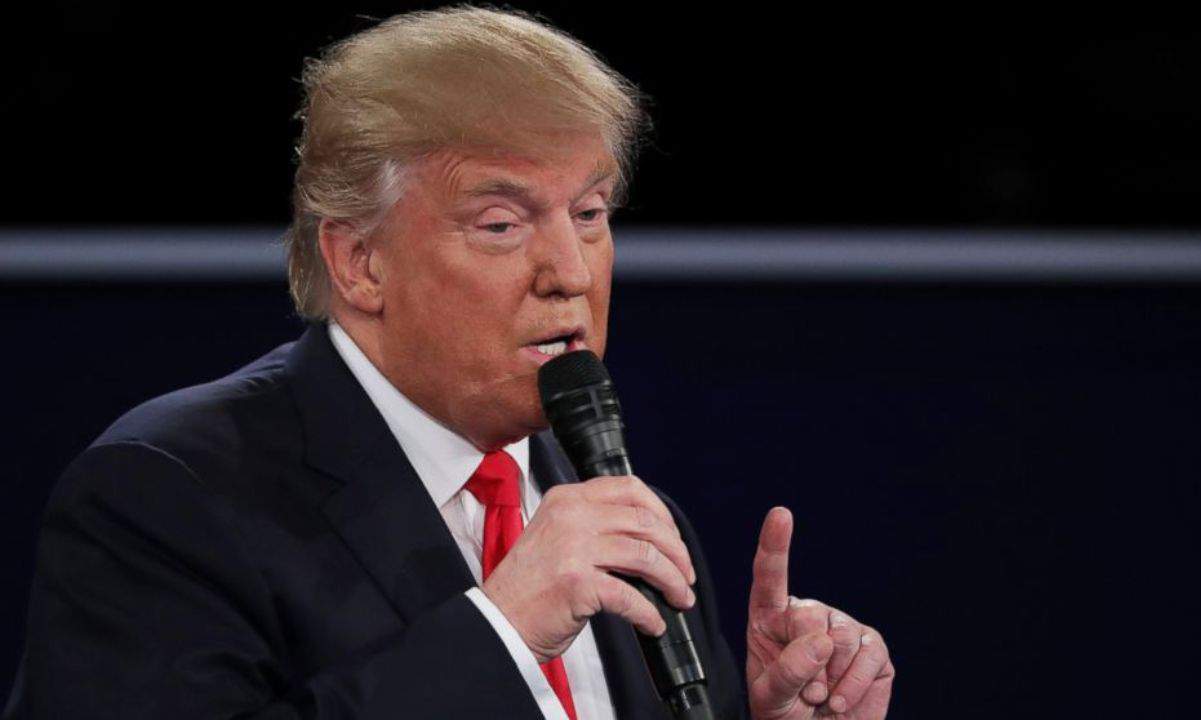
Crypto Investors React to Trump’s Tariffs Announcement: Here’s What Happened
The trade tariffs confirmation announcement by United States President Donald Trump on April 2 triggered a flurry of reactions from cryptocurrency investors, who anticipated market turbulence driven by the policy change. According to a weekly report by the on-chain analytics platform CryptoQuant, the crypto market witnessed a sell-off before and during the press conference held for the announcement. Since then, bearish conditions have persisted. Crypto Investors’ Reaction to Trump’s Tariffs As the press conference approached, investors scrambled to transfer their BTC to crypto exchanges. The rush was so high that a single Bitcoin block recorded as much as 2,500 BTC. The largest American crypto exchange, Coinbase, also witnessed a significant spike in BTC deposits, especially from large holders. The uptick in exchange deposits was not peculiar to BTC; investors also rushed to transfer their ETH and XRP to trading platforms. ETH deposits to exchanges rose to an hourly maximum of roughly 80,000 ETH, while XRP transfers spiked to 130 million tokens—a far cry from the 10 million per hour transactions seen the previous day. CryptoQuant said these large exchange inflows indicated that investors were positioning themselves to sell their assets due to the rising economic uncertainty. During the press conference, BTC, ETH, and XRP plummeted by 6.2%, 7%, and 5%, respectively, erasing the price gains they had garnered that day. This is a clear indication that investors did sell their holdings. BTC Demand Plummeted Moreover, demand for BTC and ETH in the perpetual futures market declined as traders closed their positions to take profits during the conference. The total open interest for BTC fell from 334,000 BTC to 304,000 BTC, while that of ETH plunged by 100,000 ETH. CryptoQuant revealed that falling open interest during a price drop indicates that traders are exiting long positions due to liquidations or anticipating further decline. After the conference, demand for BTC from U.S. investors was reduced. This was seen in the Coinbase Bitcoin Premium falling from 0.04% before the tariffs confirmation announcement to 0.03% after Trump’s speech. “For the price of Bitcoin to rally significantly, it needs relatively higher demand from US investors,” CryptoQuant stated. Meanwhile, the Bull Score Index still suggests that BTC is in a bear market. For weeks, the metric has been at 20, its lowest level since January 2023, flashing signals seen in previous bear phases. The post Crypto Investors React to Trump’s Tariffs Announcement: Here’s What Happened appeared first on CryptoPotato . CoinDesk





